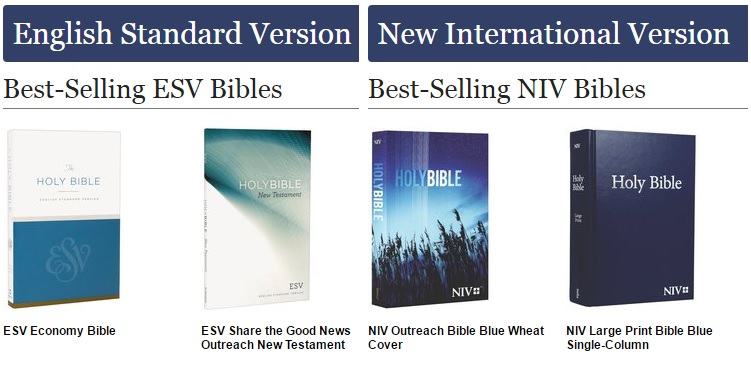As the most influential book in the history of mankind, the Bible shaped our history and is an important part of our society. This divine book represents the essence of Christianity. It reigns the world of literature as the best selling book of all times. The great impact of the Bible is an indisputable proof of its importance. The holly words of the Bible bring to life an amazing tale of history and facts about the creation of the world and all living things in it.

As the most important read for any Christian, the Bible represents the special connection between God and his followers. As the world’s largest religion, Christianity throughout its long history had the power to set moral standards and teach us important lessons about life. Nowadays, there are many Bible versions that are aimed for either children or adults. The children’s version of the Bible is simplified and often comes with beautiful illustrations so that they can better understand the whole story.
As for adult readers, there are indeed many Bibles available due to the fact that a lot has changed in the English language since the publication of the King James’s Version in 1611. Since most people had difficulty understanding the outdated words in the King James Bible, the updated versions make use of contemporary language to appeal to a broader reading population. These days there are over 60 English-language versions that incorporate different translation methods that can be put into three main groups: word-for-word, meaning-to-meaning and paraphrased. In this article we will go over and explain the differences between these groups.
Word-for-word approach
The versions that follow the word-for-word approach represent an accurate representation of Aramaic, Hebrew as well as Greek texts. Both Old and New Testament books are a reliable source although a few errors were discovered in the manuscripts that were used for the translation of the King James Version. Based on authentic Greek manuscripts, both the King James Bible and the New King James Version are great examples of word-for-word translation.
Meaning-for-meaning approach
Meaning-for-meaning versions are easier to understand and make use of contemporary wording. Often the ancient idioms or figures of speech are difficult to understand and when combined with modern wording they lose their meaning or make no sense at all. Here is where meaning-to-meaning translation comes really helpful since it makes the texts more understandable. A great example of this approach is the New International Version which appeals to both younger and older Christians as it is easy to read but it nonetheless stays true to the original texts.
Paraphrased versions
Paraphrased versions of the Bible often include poetic representation of biblical terms and The Living Bible is one such example although there are many more Bibles of this kind. These are very easy to understand and when compared to word-for-word Bibles which use more accurate wording, paraphrased versions certainly make reading in modern language easier.


















